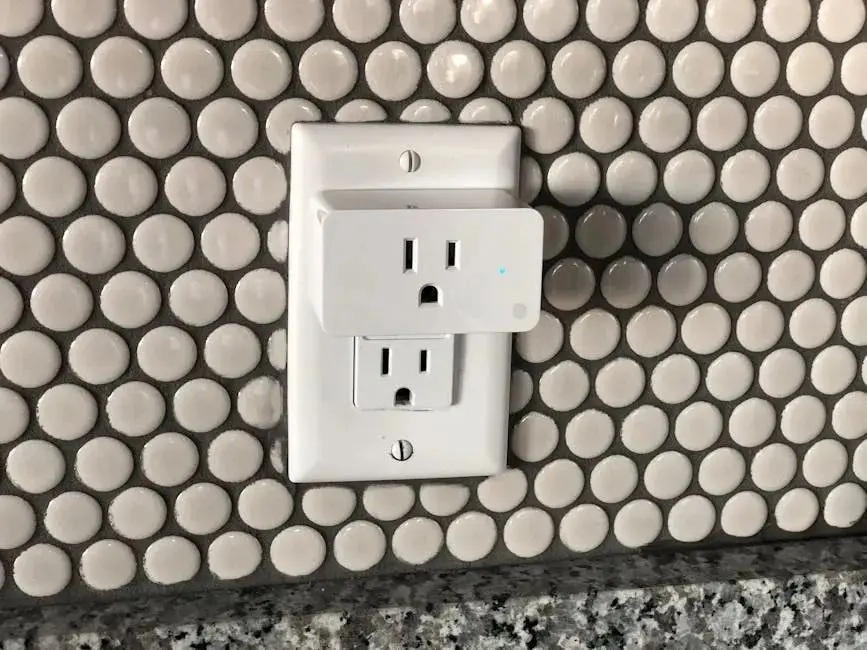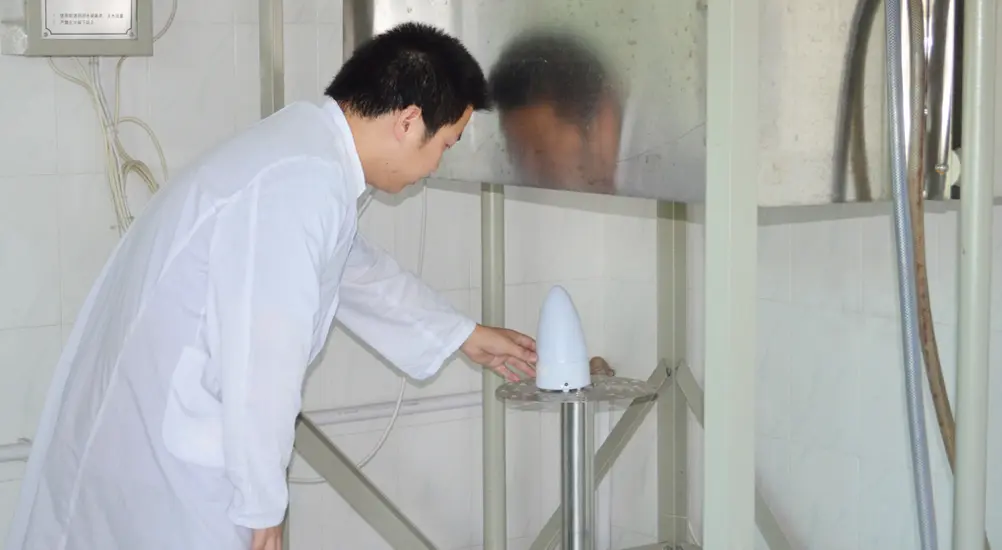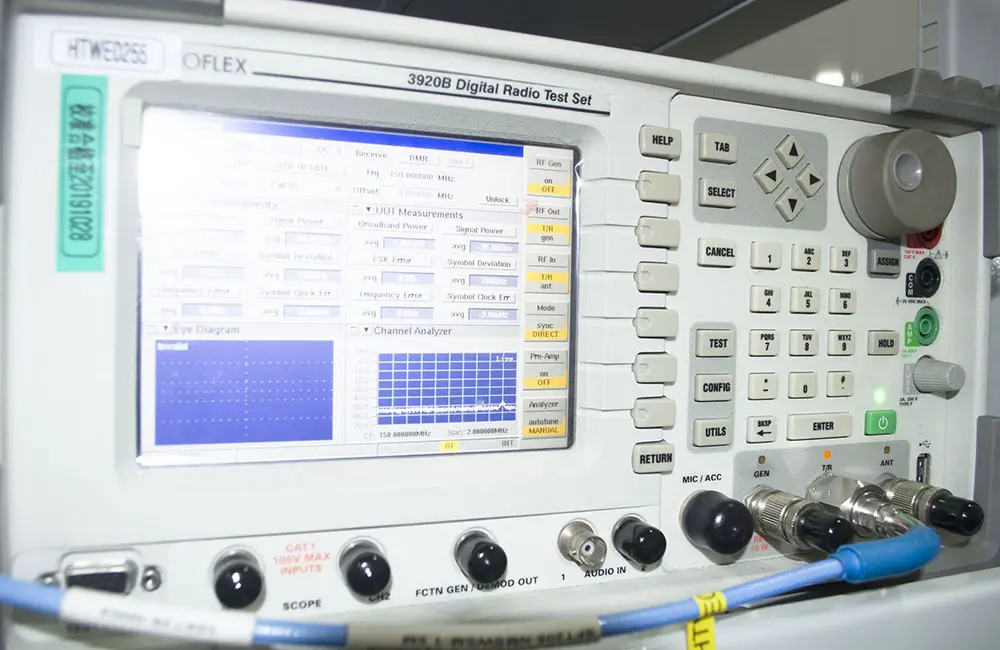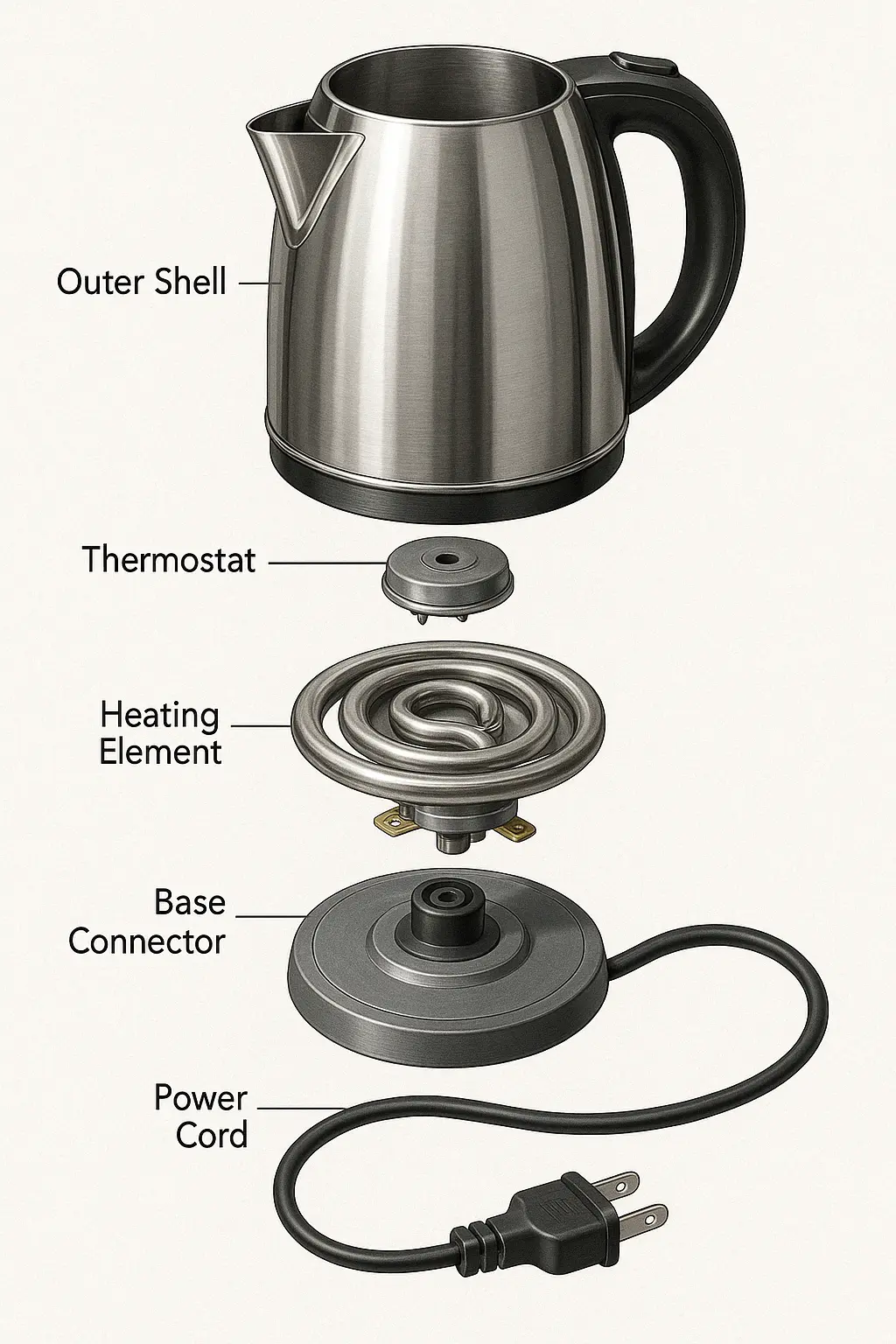
Lithium-ion Battery SAA Certification
When exporting lithium-ion batteries to the Australian market, obtaining SAA certification is essential. This ensures that the product meets Australian safety standards. Below is some key information about lithium-ion battery saa certification.

Definition of SAA Certification
SAA certification is not directly issued by SAA (Standards Australia), but refers to a series of certification processes that electrical products must undergo to enter the Australian market. This ensures the products comply with safety standards in both Australia and New Zealand. Lithium-ion battery SAA certification ensures that the product meets the required standards for safety, quality, and performance.
Lithium-ion Battery SAA Certification Testing Items
- Electrical safety tests: These tests evaluate the electrical performance and safety of the battery, including short circuits, overcharging, over-discharging, and overheating.
- Mechanical safety tests: This includes drop, vibration, impact, and compression tests, simulating the mechanical stress the battery might encounter during transportation and use.
- Temperature cycling tests: Simulating battery performance under extreme temperature conditions.
- External short-circuit tests: Assessing battery performance under external short-circuit conditions.
- Overcharging/over-discharging tests: Ensuring the battery does not pose a risk when overcharged or over-discharged.
- High-temperature storage tests: Testing the battery's safety and performance under high-temperature conditions.
- Leakage tests: Detecting whether the battery leaks electrolyte during use or storage.
Lithium-ion Battery SAA Testing Standards
SAA certification for lithium-ion batteries is based on the following standards:
- IEC 62133: An international standard outlining safety requirements for portable lithium batteries.
- AS/NZS 60950: A safety standard for IT equipment, applicable in certain cases.
- UN 38.3: Specifies the safety tests required before transporting lithium batteries, covering mechanical, temperature, and pressure aspects.
Additional standards may apply based on the product’s design and intended use.
SAA Certification Process
The SAA certification process for lithium-ion batteries generally includes the following steps:
1. Evaluation and Application: Evaluating the technical documentation of the lithium-ion battery to ensure compliance with relevant standards, followed by a formal application submission.
2. Testing: A certified testing body conducts tests covering electrical safety, mechanical safety, environmental adaptability, and more.
3. Factory Inspection: A factory inspection is conducted to ensure the production process and quality management meet requirements.
4. Certification Issuance: After passing the tests and factory inspection, the certification body issues the SAA certification.
Certification Requirements
Lithium-ion battery SAA certification requires products to meet safety and electromagnetic compatibility (EMC) standards. Certification not only enhances the brand image but also boosts consumer confidence.
Certification Mark
Once SAA certification is obtained, the product can display the “SAA Approved” certification mark, serving as a passport to the Australian and New Zealand markets.
Certification Bodies
Lithium-ion battery SAA certification is issued by certification bodies authorized by Standards Australia. Manufacturers can select a suitable certification body to apply for certification.
Importance of Certification
SAA certification is crucial for lithium-ion battery manufacturers, as it is a prerequisite for entering the Australian market. It also serves as strong evidence of the product’s safety and reliability. As global demand for renewable energy grows, ensuring the safety and compliance of lithium-ion batteries is vital for manufacturers.
When exporting lithium-ion batteries to Australia, SAA certification is required. This involves a series of tests, factory inspections, and final certification issuance. SAA certification ensures compliance with Australian safety standards and enhances the product’s market competitiveness. Manufacturers should work closely with certification bodies to ensure smooth certification processes.
Email:hello@jjrlab.com
Write your message here and send it to us
 What is the 4.3 Toxicology Test in ASTM F963?
What is the 4.3 Toxicology Test in ASTM F963?
 What is the Canada Tent SOR/2024-217 Test Report?
What is the Canada Tent SOR/2024-217 Test Report?
 How to get the Amazon AS/NZS 1900 Test Report?
How to get the Amazon AS/NZS 1900 Test Report?
 Children's Jewelry CPC Certification and ASTM F292
Children's Jewelry CPC Certification and ASTM F292
 Amazon Ladder Compliance Certification Guide
Amazon Ladder Compliance Certification Guide
 Amazon and Temu Require FCM Test Reports
Amazon and Temu Require FCM Test Reports
 Electric Kettle Amazon Canada Compliance Certifica
Electric Kettle Amazon Canada Compliance Certifica
 Do You Understand Amazon Compliance Certification?
Do You Understand Amazon Compliance Certification?
Leave us a message
24-hour online customer service at any time to respond, so that you worry!




